Grasslands, often referred to as savannas or prairies depending on their location in the world, are ecosystems characterized by vast open spaces dominated by grasses. These habitats are crucial for biodiversity, providing shelter and food for a range of animals and supporting various plant species. The role of big cats in maintaining the health and balance of these ecosystems is significant.
An Introduction to Big Cats
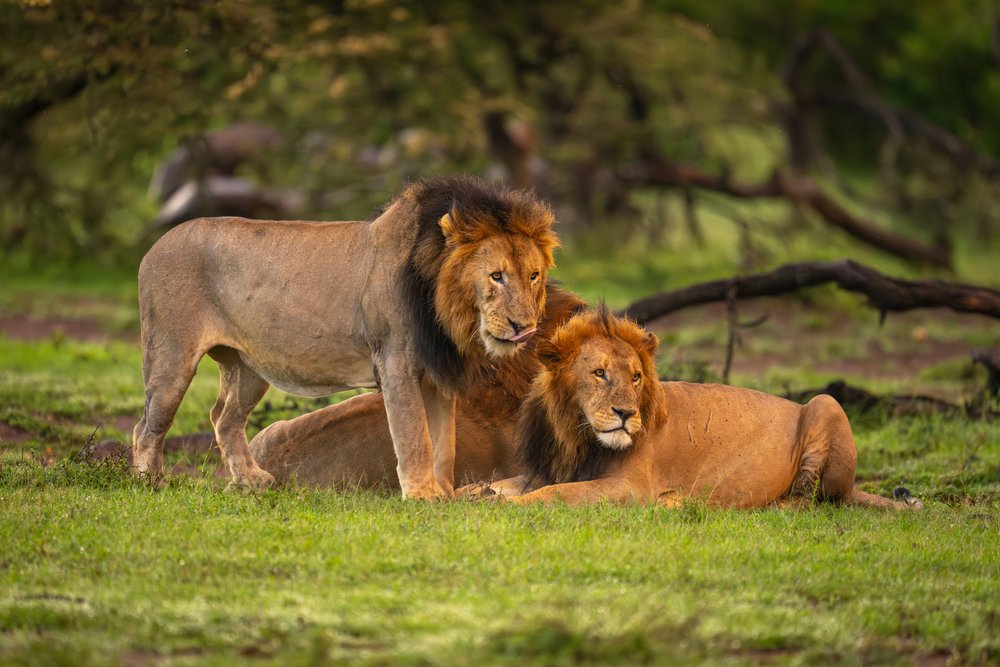
Big cats, including lions, leopards, cheetahs, and tigers, are apex predators in many grassland habitats. These majestic creatures are at the top of the food chain and play a pivotal role in regulating prey populations, which in turn helps maintain the intricate balance of their environments. Understanding their role in grasslands is essential for their conservation.
Predators at the Top
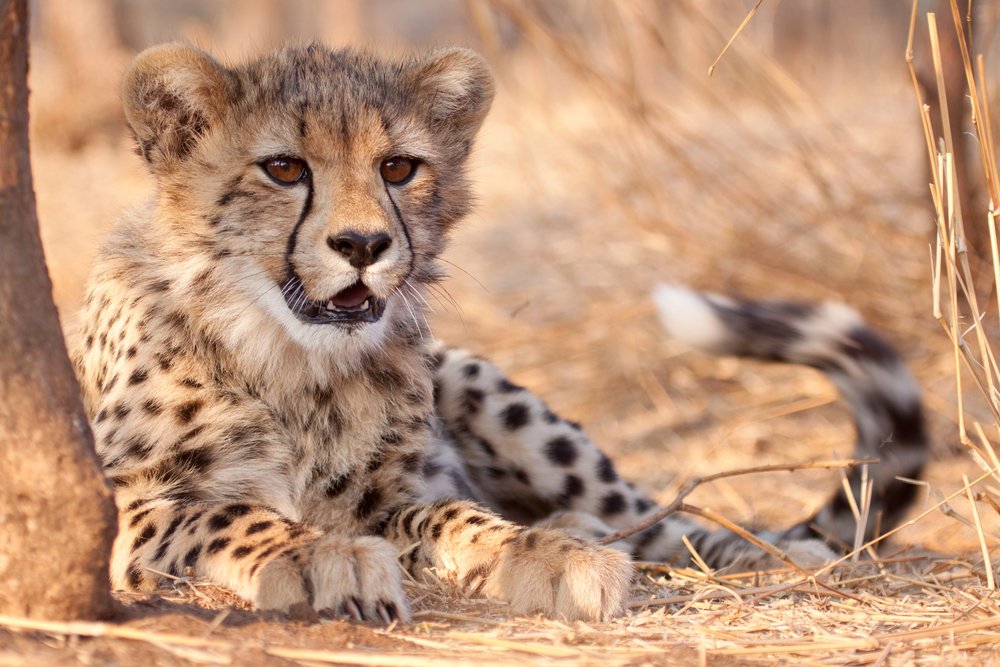
Apex predators are animals that have no natural predators and are at the top of the food chain. Big cats fit this description perfectly as they hunt and control the populations of herbivores like antelopes, zebras, and deer. By doing so, they prevent overgrazing and help maintain the health of grasslands, allowing plant species to flourish and other fauna to survive.
The Balance of Prey Populations
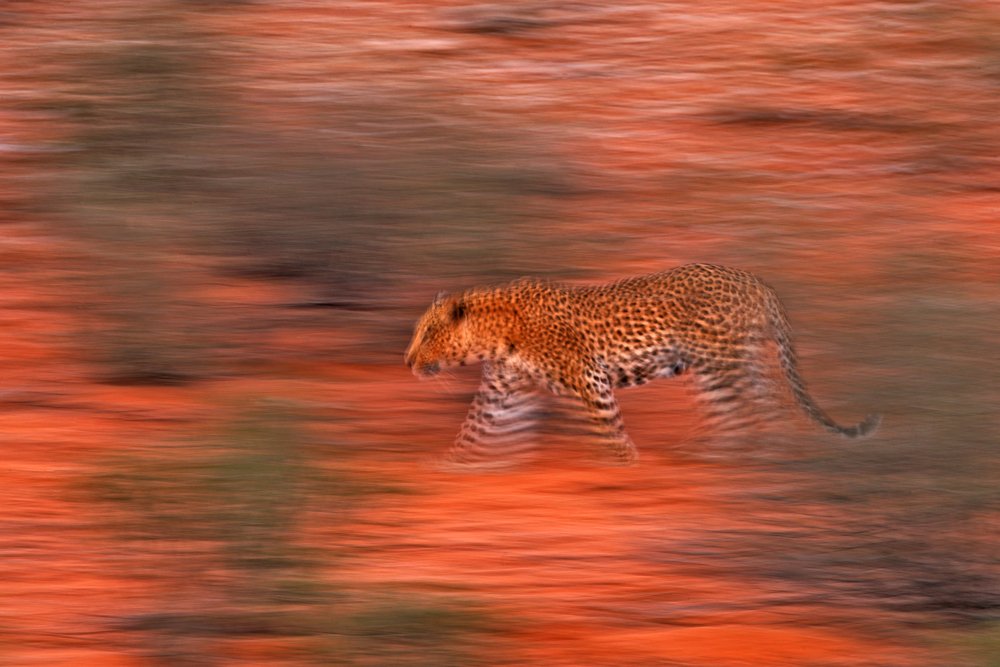
Big cats exert top-down control on prey populations, which is fundamental to the stability of grassland ecosystems. When prey populations are balanced, it prevents overgrazing and leads to greater plant diversity. This diversity supports a wider array of animal species, fostering a vibrant ecosystem where ecological processes remain balanced.
Influence on Vegetation
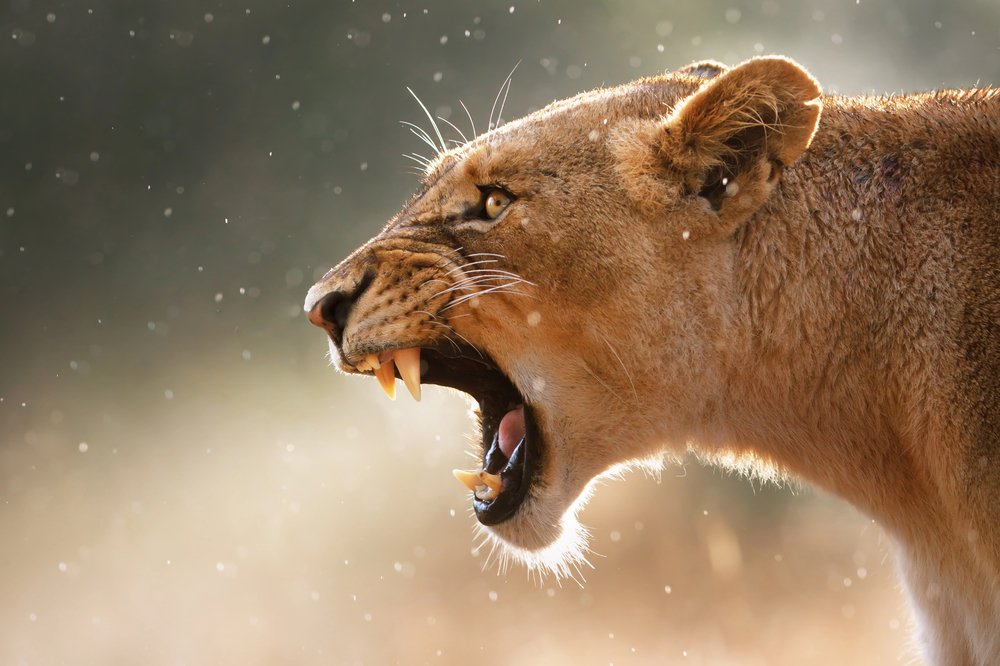
The presence of big cats indirectly influences vegetation. By controlling the number of herbivores, big cats prevent the overconsumption of grasses and plants. This ensures that grasslands remain lush and diverse, which is vital for the survival of smaller herbivores and other species that depend on these plants for food and cover.
Indicator Species and Ecosystem Health
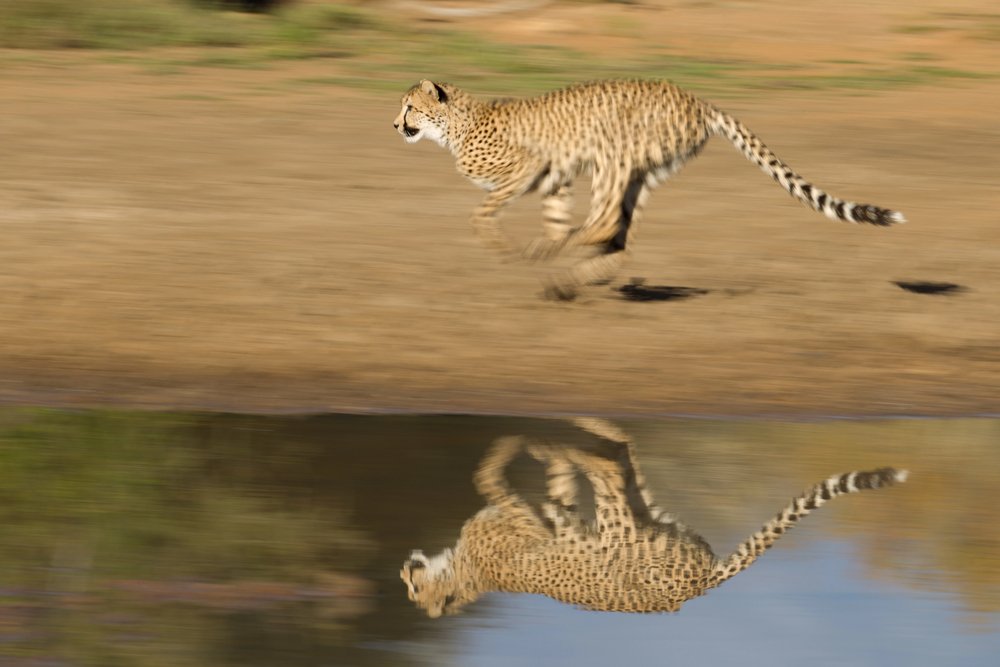
Big cats are often referred to as indicator species. Their presence in a habitat indicates a healthy and balanced ecosystem. As top predators, they require large territories to roam and hunt. Thus, their presence or absence can provide critical insights into the overall health of grassland habitats, helping conservationists gauge the success of ecological efforts.
Impacts on Biodiversity
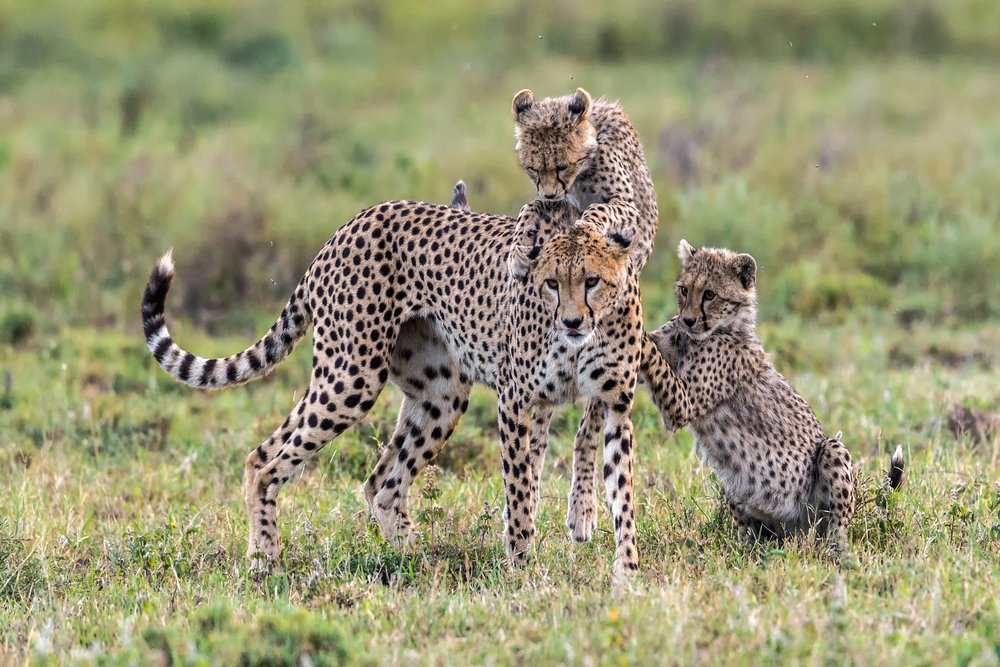
Through predation, big cats contribute to the richness of biodiversity in grasslands. By keeping prey populations in check, these carnivores indirectly influence the whole food web. Healthy predator-prey dynamics support a diverse range of species, promoting genetic diversity and ecological resilience within the grassland environment.
Human-Wildlife Conflicts

While big cats are crucial to grassland health, their interactions with humans can sometimes lead to conflict. As human populations expand into grassland areas, encounters become more common, often resulting in negative outcomes for the cats. Understanding and mitigating these conflicts is essential for the continued survival of big cats.
Conservation Efforts and Challenges

The conservation of big cats is critical for maintaining the integrity of grassland ecosystems. Efforts include anti-poaching measures, habitat restoration, and community engagement programs. However, challenges such as habitat fragmentation, illegal wildlife trade, and climate change continue to threaten their survival, demanding sustained international collaboration and awareness.
The Future of Big Cats in Grasslands
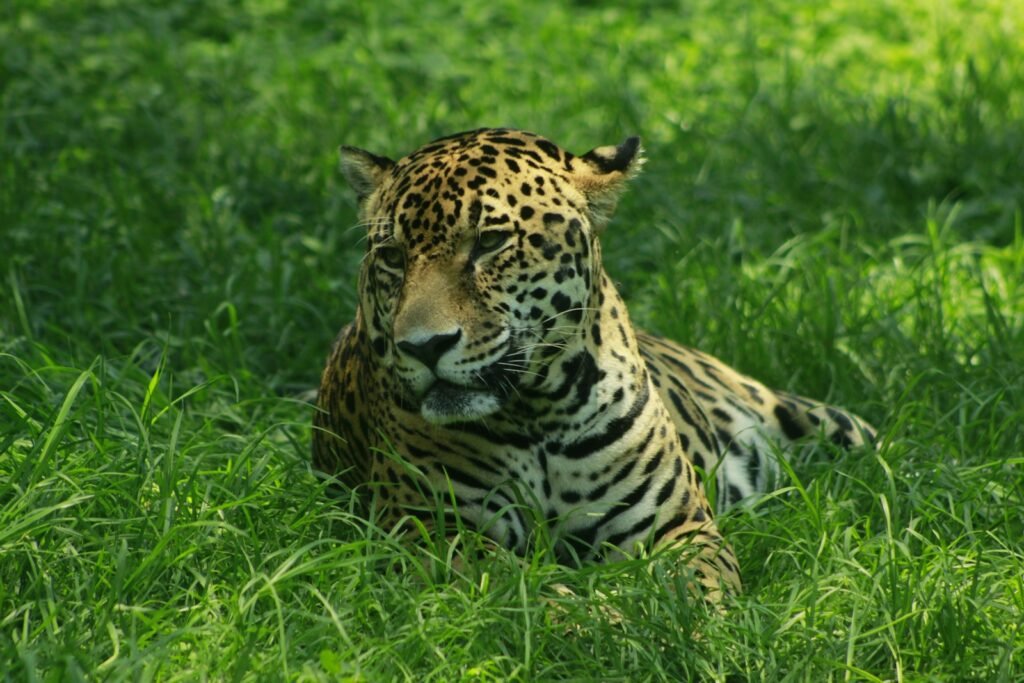
The future of big cats in grassland habitats depends heavily on conservation actions taken today. By ensuring that these predators have enough space, prey, and protection, we can preserve the ecological balance they help maintain. Public awareness and education are key to fostering support for these conservation efforts, ensuring that big cats continue to roam the grasslands for generations to come.
Appreciating Their Role
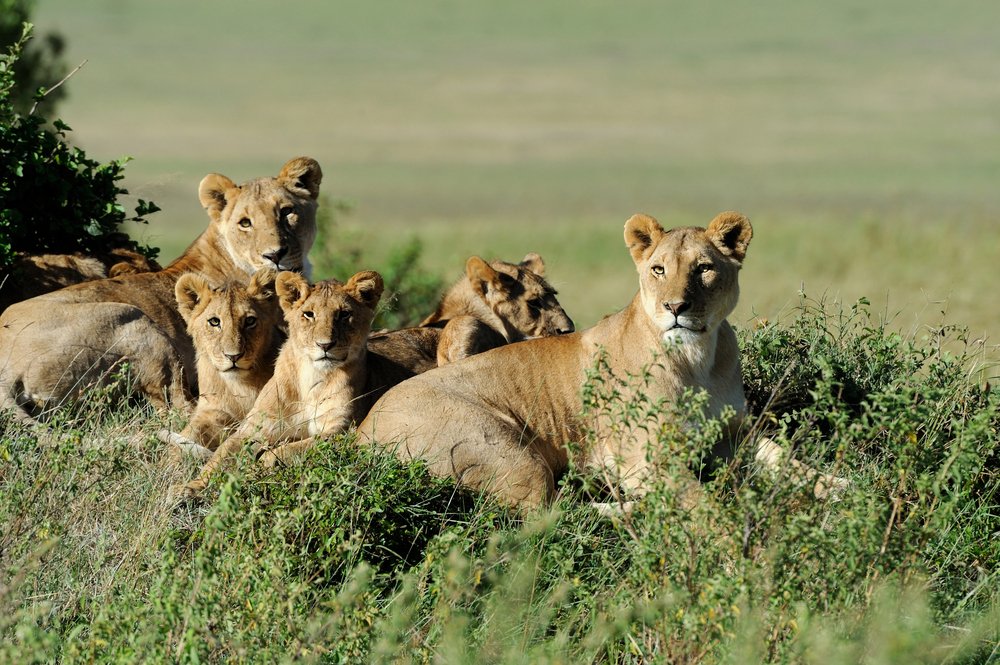
Big cats are not only iconic symbols of both grace and power but crucial components of grassland ecosystems. Their role as apex predators helps maintain the biodiversity and health of these habitats. By understanding and appreciating their role, we are better positioned to protect these magnificent creatures and the complex ecosystems they support.

Growing up traveling and experiencing new cultures and wonders, I have had a passion for nature, adventuring, photography, and videography. I am currently working towards a BSc in Biodiversity and Ecology at Stellenbosch University, and I hope to specialise in Marine Sciences one day.
Please send any feedback to Feedback@animalsaroundtheglobe.com






